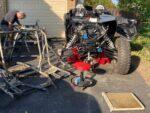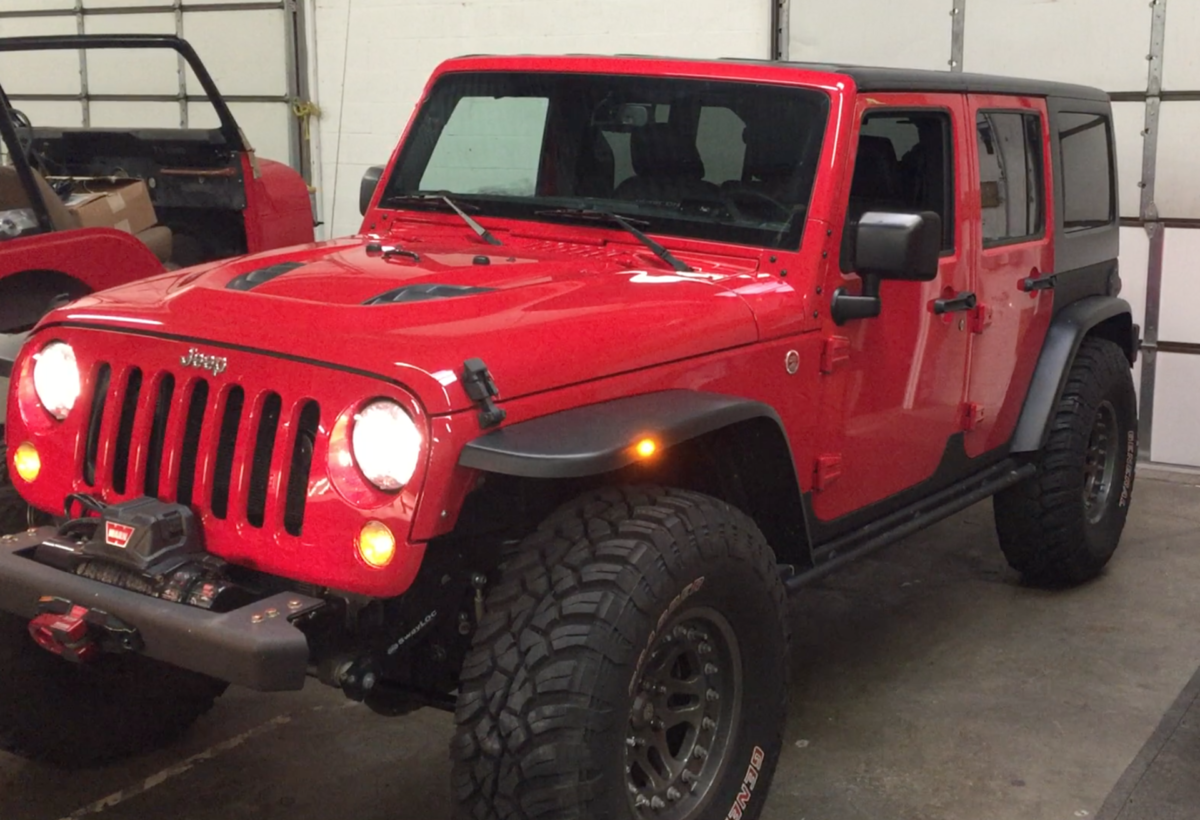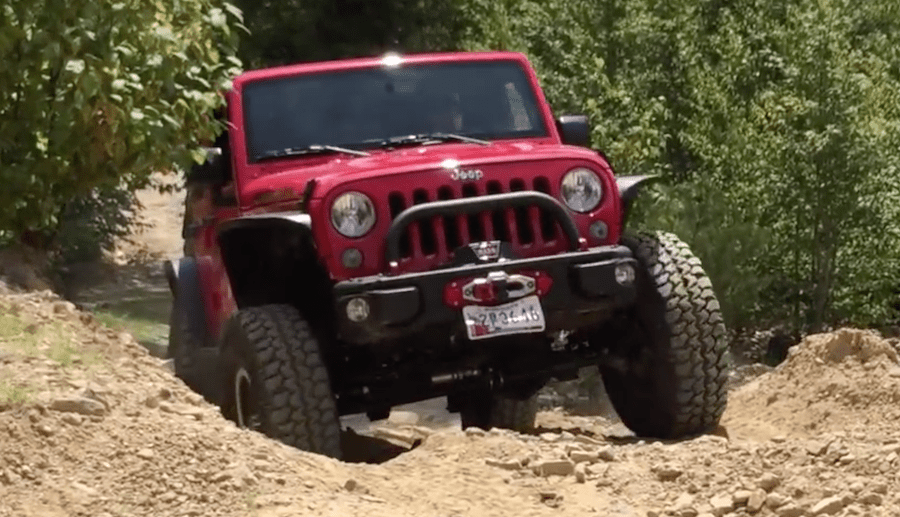I see you just purchased a new off-road vehicle. I bet you already picked out a lift, bigger wheels and tires, bumpers, armor, winch, snorkel, exhaust, and who knows what else. Know what you forgot on that list?
You forgot that with all that new weight, increased vehicle height, and the additional rotational mass of larger tires you still need to stop.
Why does this matter you ask?
If the overall mass of your vehicle is more than the available braking power you will eventually hit an object you should have avoided. Even at lower off-road speeds not having enough stopping power can lead to an accident. Rolling down a hill and you are unable to apply enough force to the wheels to allow you to lock up the tires and create the friction you need on gravel or dirt.
With large enough tires and enough weight, the risk on the road is even more magnified. With 37-inch tires and a high center of gravity, the stock brakes are not going to be strong enough to stop you at a safe distance. A friend of 4WAAM had to upgrade their brakes to overcome 4-Lo when they were off-road. The Jeep would continue to move with the brakes fully applied.
What can you do?
Seriously I know that’s the dumbest question we could ask. You upgrade the brakes of course. The better question is “What are my options?”
You could do what many hot rodders have done over the years. Cobble together a patchwork of stock components from other vehicles share that on the forums and watch less mechanically inclined people try to replicate what one automotive savant created as a “tried and true” method.
You could do what a majority of the populace does and purchase an engineered system that integrates with your stock vehicle’s system for effortless and flawless performance. All that without going to the store and trying to describe to the parts guy that you have a 2015 Jeep with 98 Corvette brakes and a master cylinder from an Edsel.
Options
There are a couple of ways the aftermarket upgrades brake systems. The lower-cost option is to change to larger rotors and new brackets. This changes the rigidity of the mounts and gives a larger surface area for heat dissipation. Upgraded brake pads with better material compounds are included in some kits.
The other option is a full replacement of the rotors, pads, and calipers and in some cases a new master cylinder. This option is much more labor intensive as it requires bleeding of your brake system. On some newer vehicles, this will sometimes require special tools to bleed the ABS system or reset the system computer.
Whatever your budget do something.
Stopping is just as important if not more important than going. When driving it’s more likely that you will use your brakes to avoid an accident than the throttle pedal. Every foot of stopping distance you can gain is a better chance to avoid an accident in front of you.










Shocker. The Jeep community is no different that any other auto communities. They would rather slap a big ass lift and tires and all kinds of other shit on their Jeeps and never address their brakes. Just like the others who want to put the biggest motor in their car and never address their brakes. This is why LCG Offroad set ups are the way to go. I have never seen a set up with 40’s go anywhere my 33’s can’t go. My rim diameter is the same as stock wider and bigger offset, up graded rotors and calipers and switched the stock drums with rear disks. Done with it.
I agree with most of your points. I have on the other hand watched 40’s go places 33’s could not. Both vehicles eventually made it to the top of the obstacle but the 40’s were able to take a direct approach and the vehicle on 33’s had to work exceptionally hard and was aided with a winch. LCG builds are great but not perfect for every situation. There are definitely reasons for both.
My philosophy of my Jeep build is simple. I drive a 14 year old TJ everyday it is a tool just like a wrench in my tool box. It does not sit in a driveway till I decide to wanna go pay to go “offroading”. I do not beat on my Jeep intentionally for fun. It only run 3.5″ of lift with high offset wheels for stability and 33″ tires instead of over lifting and making the Jeep top heavy. I utilized steel high line fenders on all corners for more tire clearance, I hunt and this is my way of getting deep in the woods and my paint takes a beating so I bedlined the whole exterior of the Jeep. My focus went into my motor by adding a Eaton twin screw supercharger on my 4.0 beefing up the hardware in the engine. I didn’t re-gear or axel swap. This Jeep runna D30 up front and a D44 in the rear. A 3:73 factory spin. Adding horsepower to the motor allows me to power through alot of obstacles that most Wranglers with huge lifts and 37’s and re-gears tend to get slowed down by or worse have brake failure and end up wrecking due to brake failure. BUT I paid especially close attention to my brakes which this is the focus of. If you pull your vehicle out of factory specs you increase the chance for failure. Don’t gamble up grade your brakes.